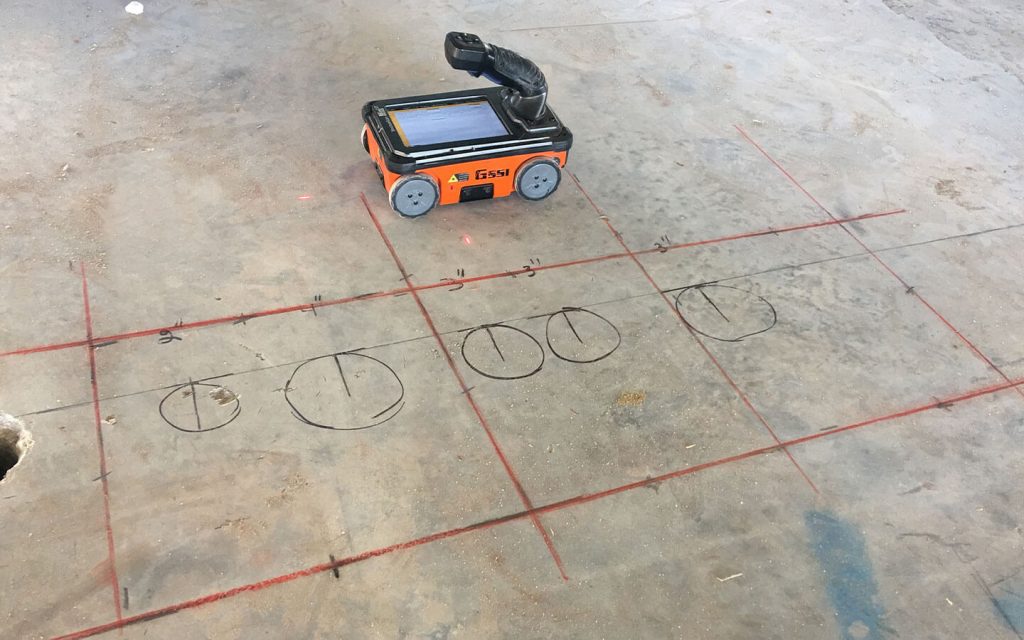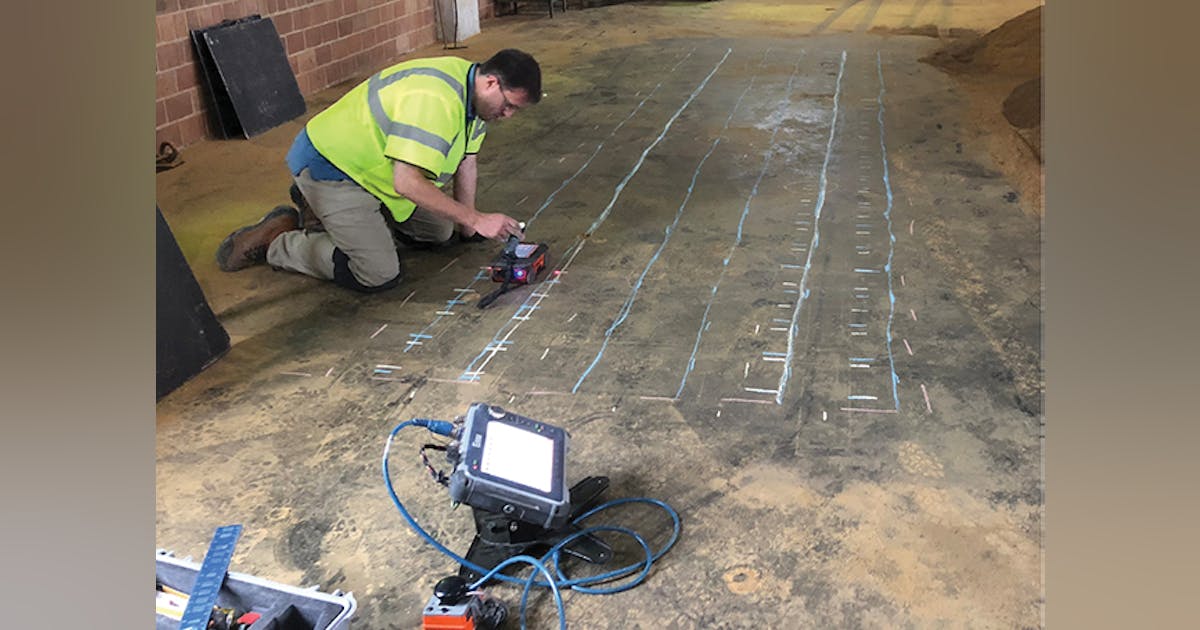Past the Surface: Leveraging Advanced Concrete Scanning Techniques for Unmatched Precision and Insight
In the realm of construction and infrastructure maintenance, the pursuit for accuracy and thoroughness is endless. Advanced concrete scanning techniques have become vital tools in this search, supplying a glance under the surface area to unveil a world of essential understandings. By using cutting-edge modern technologies, experts can reveal abnormalities, evaluate the problem of concrete structures, and make notified decisions that shape the training course of tasks. The implications of these techniques prolong far past mere surface-level assessments, promising a deepness of precision and understanding that is exceptional.
Significance of Advanced Concrete Scanning
The relevance of making use of advanced concrete scanning methods hinges on the unparalleled accuracy they supply for finding sub-surface abnormalities and making certain architectural integrity. By employing advanced modern technologies such as ground-penetrating radar (GPR), electromagnetic induction, and advanced finder imaging, building experts can dig under the surface of concrete structures with a level of accuracy that much surpasses conventional evaluation approaches. Concrete Scanning. These techniques enable the identification of surprise threats like rebar deterioration, spaces, channels, or post-tension cable televisions that can compromise the security and safety and security of a structure over time
Furthermore, advanced concrete scanning gives indispensable insights right into the overall problem of a concrete component without the need for invasive steps, decreasing the risk of causing damages throughout the analysis procedure. The capacity to identify the exact location and deepness of prospective issues enables for targeted repair work and maintenance, eventually extending the life-span of the structure and maximizing its performance. Fundamentally, the importance of advanced concrete scanning can not be overstated in the world of building and infrastructure maintenance, where precision and integrity are critical.
Kinds Of Cutting-Edge Technologies

Anomalies and Flaw Discovery

Along with GPR, concrete scanning techniques like thermography and impact-echo screening are likewise reliable in identifying problems and abnormalities. Thermography uses infrared technology to determine variations in surface area temperature level, showing potential areas of concern such as delamination or moisture access. On the other hand, impact-echo testing entails evaluating acoustic feedbacks to identify voids, splits, and various other defects within the concrete. By leveraging these advanced methods, experts can proactively attend to architectural concerns, making certain the longevity and security of concrete structures.
Assessing Concrete Condition
Just how can designers properly evaluate the condition of concrete structures to guarantee their long life and safety and security? Numerous advanced concrete scanning strategies are utilized for this objective. Ground-penetrating radar (GPR) is click here to read frequently utilized to analyze the inner structure of concrete, spotting voids, cracks, and various other abnormalities that might compromise its strength.
Additionally, visual inspection remains a basic part of concrete problem assessment. Engineers aesthetically examine the surface for indications of wear and tear, such as spalling, breaking, or discoloration. Integrating non-destructive screening techniques with aesthetic examinations enables a thorough examination of concrete problem, allowing engineers to determine possible issues early on and carry out prompt upkeep or repair work. By leveraging these advanced methods, engineers can make certain the lasting toughness and safety of concrete frameworks.
Enhancing Decision-Making Procedures
In the world of facilities administration, maximizing decision-making procedures is imperative for making certain the effective maintenance and long life of concrete frameworks. Boosted decision-making processes in concrete administration involve making use of sophisticated scanning strategies to gather thorough information on the condition of frameworks. By leveraging technologies such as ground-penetrating radar and 3D imaging, stakeholders can make informed decisions regarding support, replacement, or repair work techniques.
These advanced scanning techniques give invaluable understandings into the internal make-up of concrete, determining potential concerns such as gaps, cracks, or rust that may not show up on the surface. This level of in-depth information enables proactive maintenance planning, decreasing the risk of architectural failings and boosting the general life-span of concrete structures.
Furthermore, by integrating digital documentation and evaluation devices right into the decision-making process, stakeholders can track the evolution of concrete conditions gradually, allowing anticipating maintenance strategies and enhancing source allocation. Inevitably, the integration of innovative concrete scanning techniques enhances decision-making procedures by providing unequaled accuracy, understanding, and effectiveness go to this site in infrastructure administration.
Conclusion
To conclude, advanced concrete scanning strategies supply unmatched accuracy and understanding in identifying anomalies, problems, and analyzing the problem of concrete structures. By leveraging sophisticated modern technologies, decision-making processes can be enhanced, leading to even more effective and informed remedies for maintaining and repairing concrete infrastructure. These techniques play a critical duty in ensuring the security and long life of concrete frameworks, making them an indispensable tool in the field of building and engineering.
Additionally, progressed concrete scanning offers important insights right into the general condition of a concrete component without the demand for invasive procedures, reducing the danger of creating damage during the evaluation procedure - Concrete Scanning. An additional cutting-edge modern technology is 3D X-ray scanning, which gives in-depth pictures of the inner framework of concrete, offering important details without the requirement that site for harmful screening. Additionally, Concrete Cover Meters are utilized to gauge the thickness of concrete cover over support bars precisely. Enhanced decision-making procedures in concrete monitoring include making use of sophisticated scanning techniques to collect in-depth data on the problem of structures.In conclusion, progressed concrete scanning techniques use unequaled precision and understanding in spotting anomalies, issues, and analyzing the problem of concrete structures